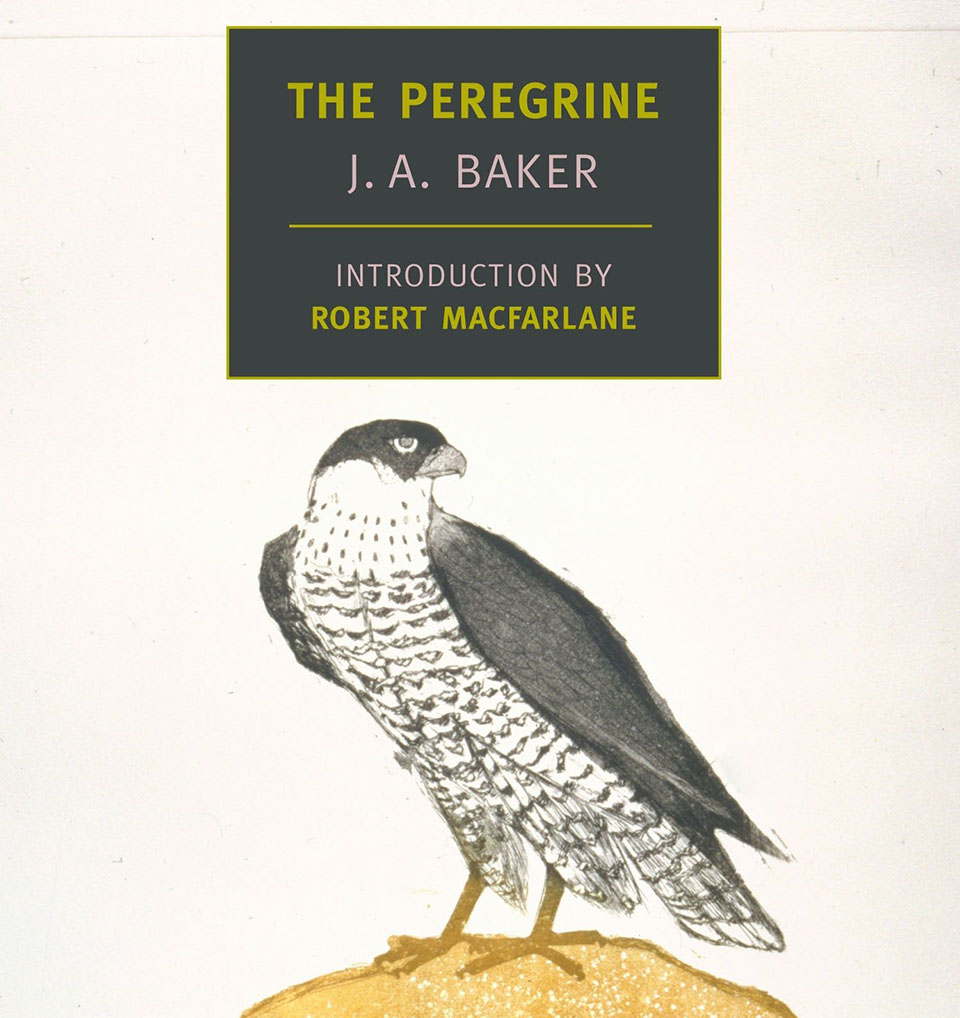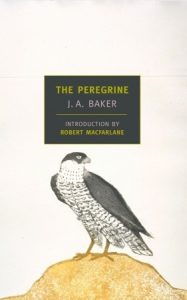Nature and Literature

 When I was in high school many years ago, the local environmental education program offered some great courses to help students see, imagine and create connections between the classroom and the great outdoors: Art and Nature, Nature and Literature, and Nature and Photography. I remember taking a Nature and Photography one winter and delighting in the contrasts between shadow and light as I tried to capture drift lines, silhouettes, and the subtleties of the snowy landscape. Those early days at the Teton Science Schools were adventurous and illuminating, and many of us who passed through its wooded gates have moved on to careers in science, ecology and the outdoor industry. Its part of the reason why I chose the river-guiding life 35 years ago – and why I’m still guiding today.
When I was in high school many years ago, the local environmental education program offered some great courses to help students see, imagine and create connections between the classroom and the great outdoors: Art and Nature, Nature and Literature, and Nature and Photography. I remember taking a Nature and Photography one winter and delighting in the contrasts between shadow and light as I tried to capture drift lines, silhouettes, and the subtleties of the snowy landscape. Those early days at the Teton Science Schools were adventurous and illuminating, and many of us who passed through its wooded gates have moved on to careers in science, ecology and the outdoor industry. Its part of the reason why I chose the river-guiding life 35 years ago – and why I’m still guiding today.
I was recently reminded of these formative experiences at the Teton Science School when I chanced across an advert for a master filmmaking class put on by the great documentarian Werner Herzog. Herzog’s required reading: The Peregrine, by J.A. Baker. Herzog talked about The Peregrine as the only book you’d need to become a great filmmaker. I’m always on the prowl for illuminating reading, and a huge fan of Herzog’s films, so I ran down to our local independent bookstore (The Country Bookshelf in historic downtown Bozeman) and grabbed a copy. If you are in Jackson, try the Valley Bookstore, or order a copy.
And once I picked it up, I couldn’t put it down. The Peregrine describes the author’s obsessive, seven-month exploration of a 20-mile slice of the English countryside. Baker spent every day searching for and describing every aspect of the daily life of a small group of Peregrine Falcons, down to the minutest detail. He observes them hunting, eating, bathing, sleeping, stooping, perching, and flying – day after day after day – and dutifully transcribes these scenes in a single-minded quest to understand his own place in wild nature. Baker’s descriptions are flowery: “The tiercel peregrine hurled downwind and rose on a gusting surge of birds.” Or simple: “He stopped, hovered twenty feet up, then dropped gently down on his prey.” But his book is notable for its singular devotion to a particular place and population, and I found this inspiring, mystifying – and achingly familiar.
Because I’ve run the Snake River from Dead Man’s Bar to Moose more than 2,500 times. That’s a 10-mile trip along a river corridor that’s about 5 miles wide contained completely within Grand Teton National Park. And it’s both always the same, and constantly changing. I’ve learned to adapt to the subtle alterations and sudden upheavals that occur every day, but I celebrate the elements of this environment that remain familiar and constant.
Three miles downriver from Barker-Ewing‘s launch site at Deadman’s Bar, there’s an eagle nest. It’s high in a spruce tree about 20 yards back from the water’s edge, and it’s part of a collection of closely-spaced nest sites that have been in continuous use since the 1950s. There’s an eagle pair nesting there that’s been there for years, and when we float by, one of them is nearly always in view. I gaze up just as he (or she) gazes down at me, and when our eyes meet, it’s magic. For that fleeting moment, we are part of the same, wondrous world – and we’re both right where we belong.
The eagle dwells in the wild – but we have to earn our place in the wilderness by purposefully engaging with it whenever we can. Maybe we’ll float the Snake River on the next sunny day. Maybe we’ll ski to Jenny Lake on the coldest day of winter. However, we choose to explore the great outdoors, let’s remember to bring along a water bottle, some sunscreen, a dash of obsession, a sprinkle of wonder, and a pinch of humility. Read The Peregrine, savor it, but remember to get outdoors and read wild nature for yourself.

